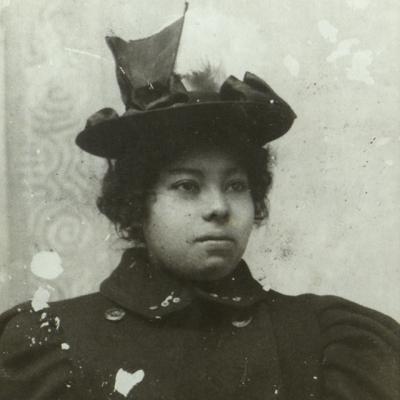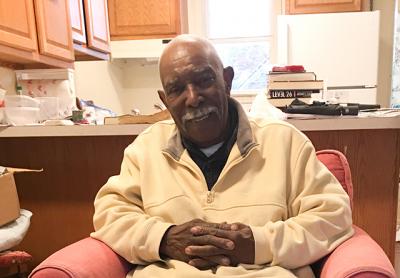Historic Buildings to Return to North Main
Historic Buildings to Return to North Main
With plans to return the historic Dominy clock and woodworking shops to their original location on North Main Street, the East Hampton Village Board accepted a bid on Friday from John Hummel and Associates to restore the structures and construct a timber-frame house as an adjacent exhibition space.
The Dominy family, including Nathaniel Dominy IV, his son, Nathaniel Dominy V, and his grandson, Felix Dominy, were renowned for their woodworking and clock and watchmaking skills. The 1791 woodworking shop and 1798 clock shop, which have been sitting on the Mulford Farm, are the only Dominy buildings still in existence. The Dominy house and other structures were torn down in 1946, and replicas have been constructed at the Winterthur Museum in Delaware.
In a Nov. 6 memo to the village board, Robert Hefner, the director of historic services, said he and Richard Barons, the East Hampton Historical Society curator, and Drew Bennett, a consulting engineer, had acted as an evaluation committee, and received proposals from two first-rate contractors. They chose John Hummel and Associates, which restored the Thomas and Mary Nimmo Moran Studio, because its bid of just under $1.5 million was nearly $500,000 less than the competitor’s, he said.
The timber-frame house will be consistent with the 18th-century structures, Mr. Hefner said. Over the next few months, the numerous white oak timbers for its construction will be harvested, after which the New Jersey Barn Company will build the frame. The plan is to raise the frame on the site and join the two Dominy shops to it by next summer. The remaining work will be done late that year or in early 2020.
A fund-raising effort to finance the project is underway, with the work to proceed as fund-raising allows. The goal, Mr. Hefner said, is to have the buildings open to the public in time for the village’s centennial celebration in September 2020.
On a more immediate matter, the village board scheduled a public hearing on Dec. 21 on a proposed law to allow two-hour parking between 8 a.m. and 4 p.m. at a lot at 8 Osborne Lane, a parcel adjacent to the Long Island Rail Road tracks near Newtown Lane. In June 2017, the village agreed to buy the property for $989,000; in May it accepted a bid from Keith Grimes, a Montauk contractor, to demolish an existing house there and build the lot.
The project will take two to three weeks to complete, depending on weather, Becky Molinaro Hansen, the village administrator, said on Monday. Since the proposed parking law cannot take effect until after the Dec. 21 public hearing, there may be a short period during which there will be no parking limits in the lot, she said.
In other news, Steven Ringel, the executive director of the East Hampton Chamber of Commerce, announced that the village’s annual Santa Parade, which will take place on Dec. 1, will have its first grand marshal. Hugh King, the village’s historian, has been chosen for the slot.
Mayor Paul F. Rickebach Jr. ended the meeting by wishing everyone a “wholesome Thanksgiving” and offering “warmest greetings as the holiday season unfolds.”






